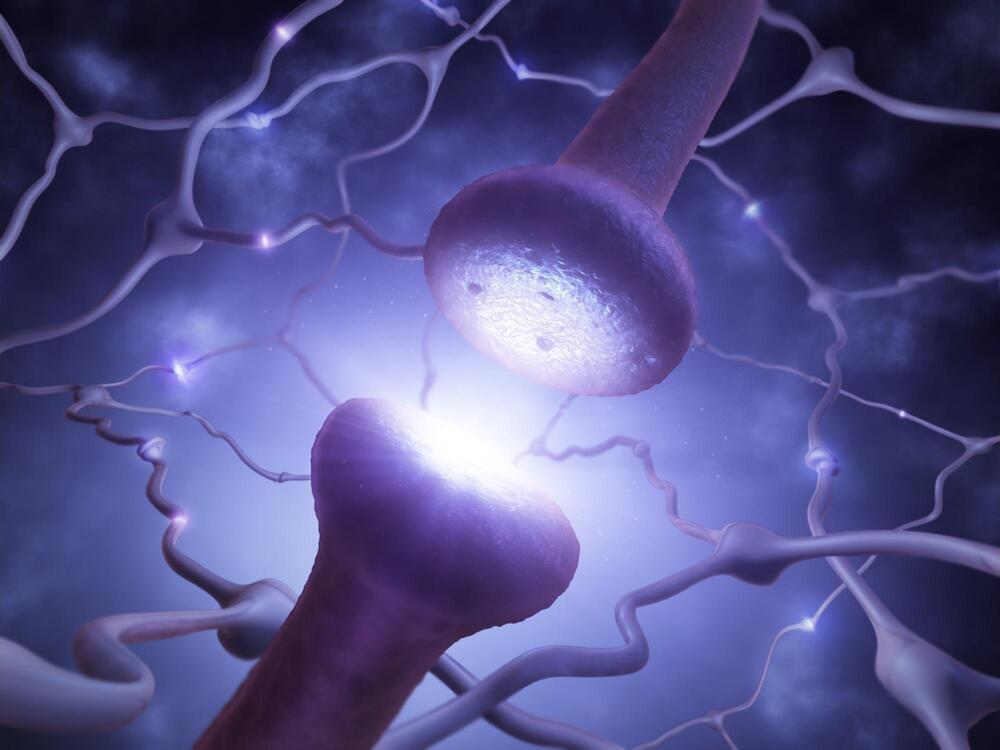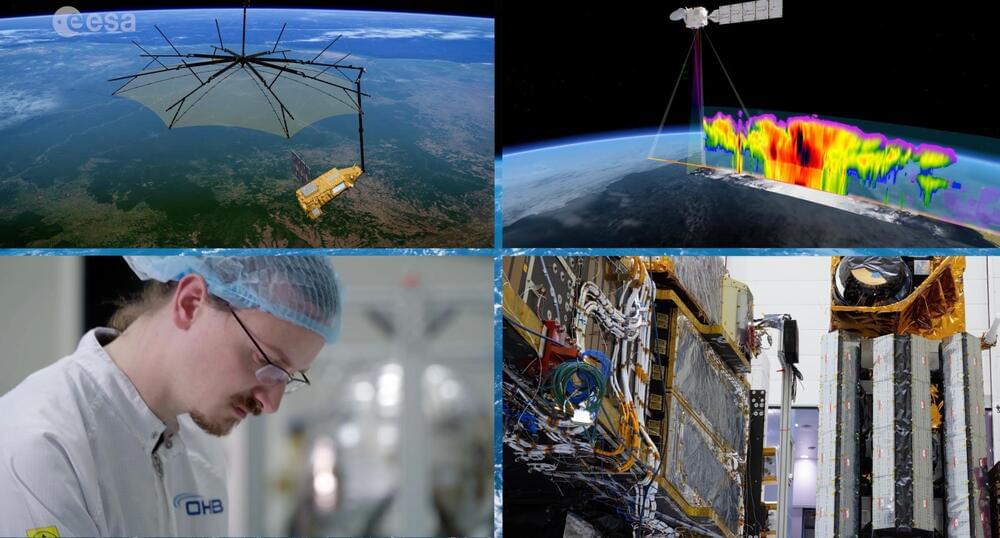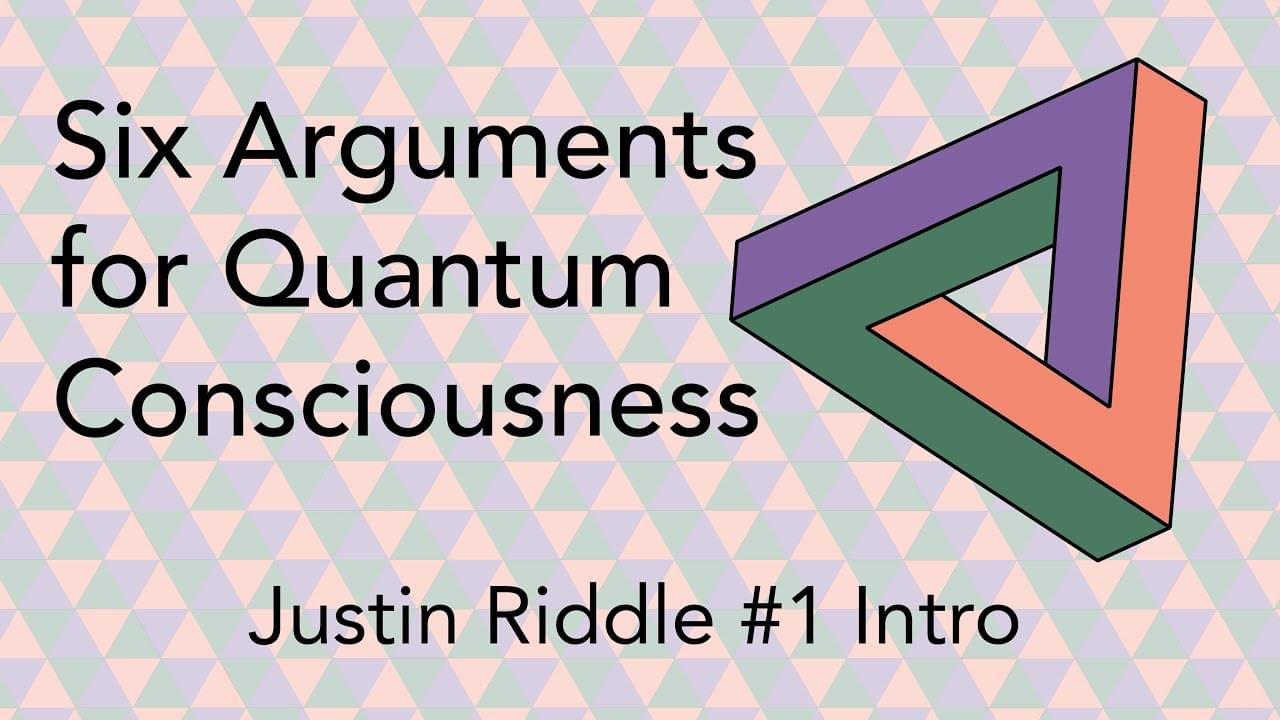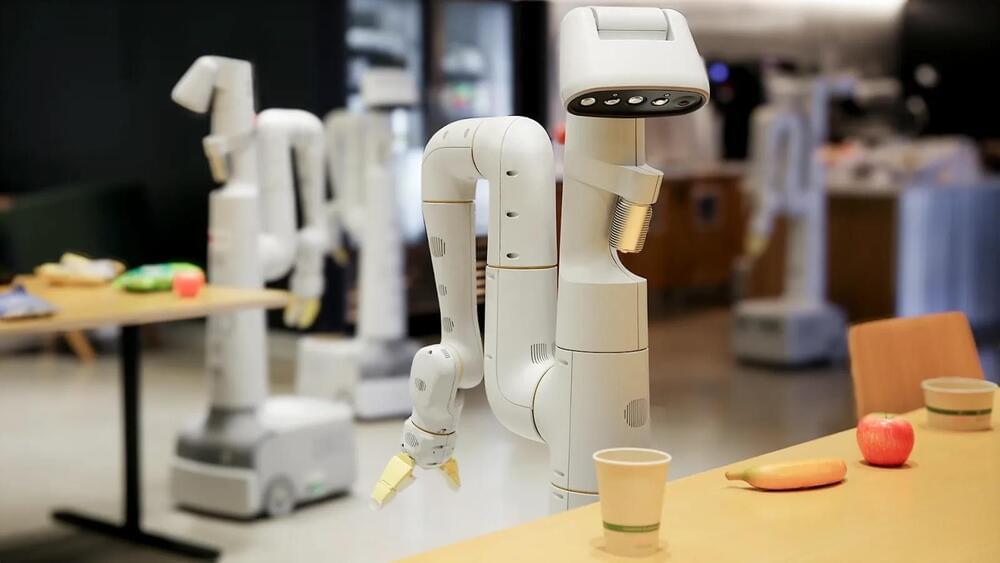Jan 5, 2024
Scientists Have Decoded the Mechanism of How Synapses Are Formed
Posted by Saúl Morales Rodriguéz in categories: chemistry, neuroscience
Whether in the brain or in the muscles, synapses are present wherever nerve cells exist. Synapses, the connections between neurons, are fundamental to the process of excitation transmission, which is essentially communication between neurons. As in any communication process, there is a sender and a receiver: Nerve cell processes called axons generate and transmit electrical signals thereby acting as signal senders.
Synapses are points of contact between axonal nerve terminals (the pre-synapse) and post-synaptic neurons. At these synapses, the electrical impulse is converted into chemical messengers that are received and sensed by the post-synapses of the neighboring neuron. The messengers are released from special membrane sacs called synaptic vesicles.
As well as transmitting information, synapses can also store information. While the structure and function of synapses are comparably well understood, little is known about how they are formed.

















